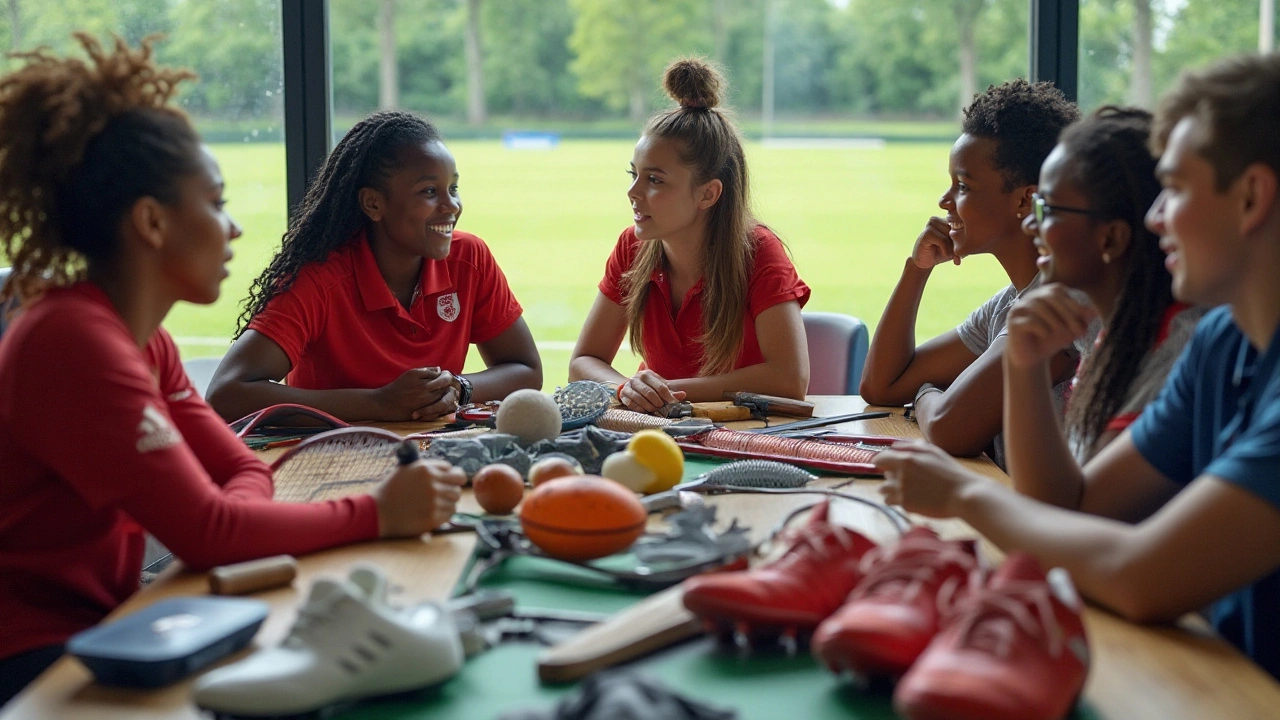
Athletic Tools: Your Quick Guide to Gear, Choices, and Care
Whether you’re hitting the gym, the track, or the field, the right tools make the difference between a solid session and a frustrating one. Below you’ll find easy advice on picking the best equipment, keeping it working, and why a few simple habits can boost performance.
Choosing the Right Gear for Your Sport
Start by matching the tool to the activity. For runners, a well‑fitted pair of shoes matters more than any fancy watch. Check the fit, cushioning, and support – most of our readers swear by trying shoes on at the end of the day when feet are a bit swollen.
If you lift weights, a solid set of dumbbells or a barbell with proper plates is key. Look for knurled grips that don’t slip when your hands get sweaty. Beginners often wonder whether a full rack is needed – a simple power rack plus a few plates covers most moves without breaking the bank.
Cyclists, on the other hand, should focus on bike fit. A frame that’s the right size, a comfortable saddle, and a helmet that meets safety standards are the basics. Once you have the core gear, accessories like water bottles, gloves, or a heart‑rate monitor become nice‑to‑have upgrades.
Keeping Your Tools Game‑Ready
Maintenance is where many athletes slip up. A clean shoe lasts longer, and a well‑oiled chain keeps a bike humming. After each use, wipe down equipment with a damp cloth and let it air dry. For metal gear, a quick spray of lubricating oil prevents rust.
Our "Sports Equipment Maintenance" article breaks down cleaning routines for everything from tennis rackets to soccer cleats. The rule of thumb: if you can see dirt, it’s time to clean. Store gear in a cool, dry place – humidity is the enemy of leather and metal alike.
For gym equipment, check bolts and screws weekly. Tighten anything that feels loose before it becomes a safety issue. A simple torque wrench can save you a lot of trouble down the line.
Don’t forget to rotate your shoes or cycling shoes every few months. The midsoles compress over time, reducing cushioning and increasing injury risk. Swapping pairs lets each pair recover and extends their life.
Quick Tips from Our Top Posts
Need a fast win? Try the 5‑5‑5 workout highlighted in our "5 5 5 Workout" guide – three compound lifts, five reps, five sets, five minutes rest. It’s a solid strength builder that needs only a bar and plates.
If you’re a runner debating shoe size, read our "Running Shoes a Half Size Too Big" piece. It explains how a loose fit can cause blisters and affect gait, and gives you checks to make before buying.
For swimmers, the "Best Age to Start Swimming Lessons" article offers a clear age‑by‑age plan, so you know when to get the kids in the pool without overwhelm.
All these tips tie back to one simple idea: good tools plus proper care equal better performance. No need for pricey gadgets if you master the basics first.
Ready to upgrade your gear? Browse the posts above, pick a tool that fits your routine, and follow the maintenance steps. You’ll see quicker gains, fewer injuries, and more enjoyment in every session.
Remember, the best athletic tools are the ones you actually use regularly. Stay consistent, keep them clean, and let your performance speak for itself.
